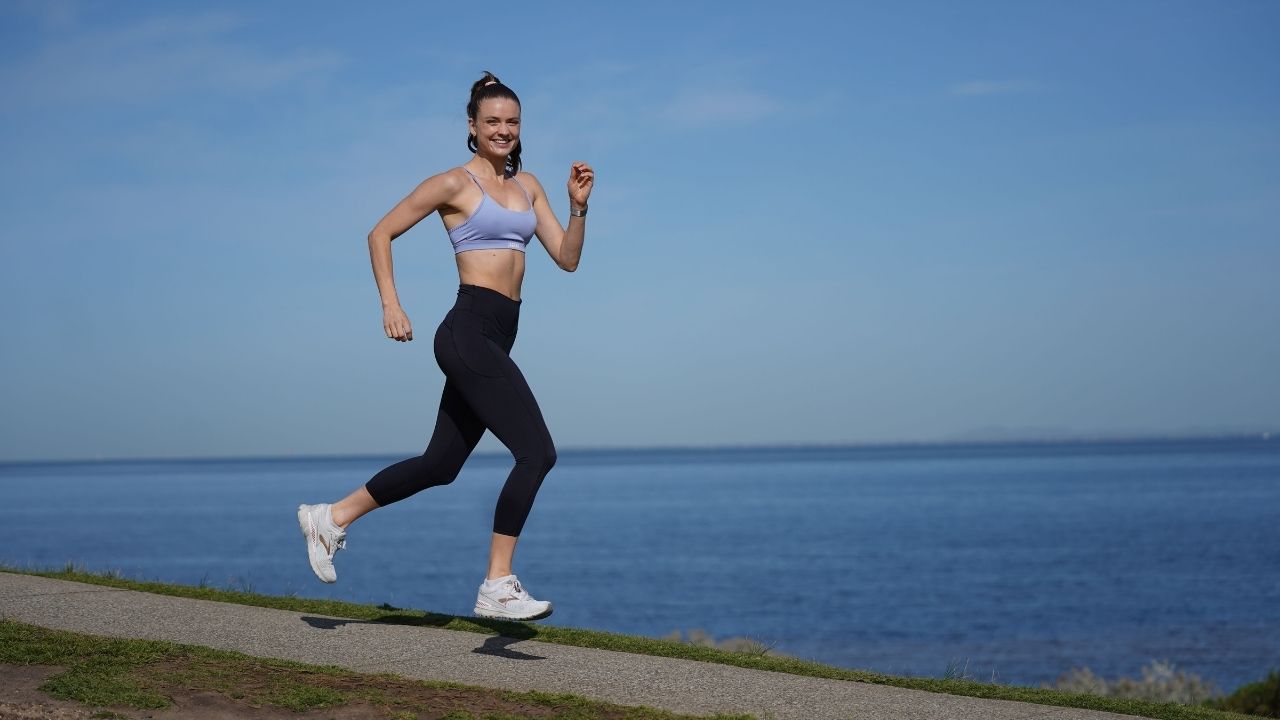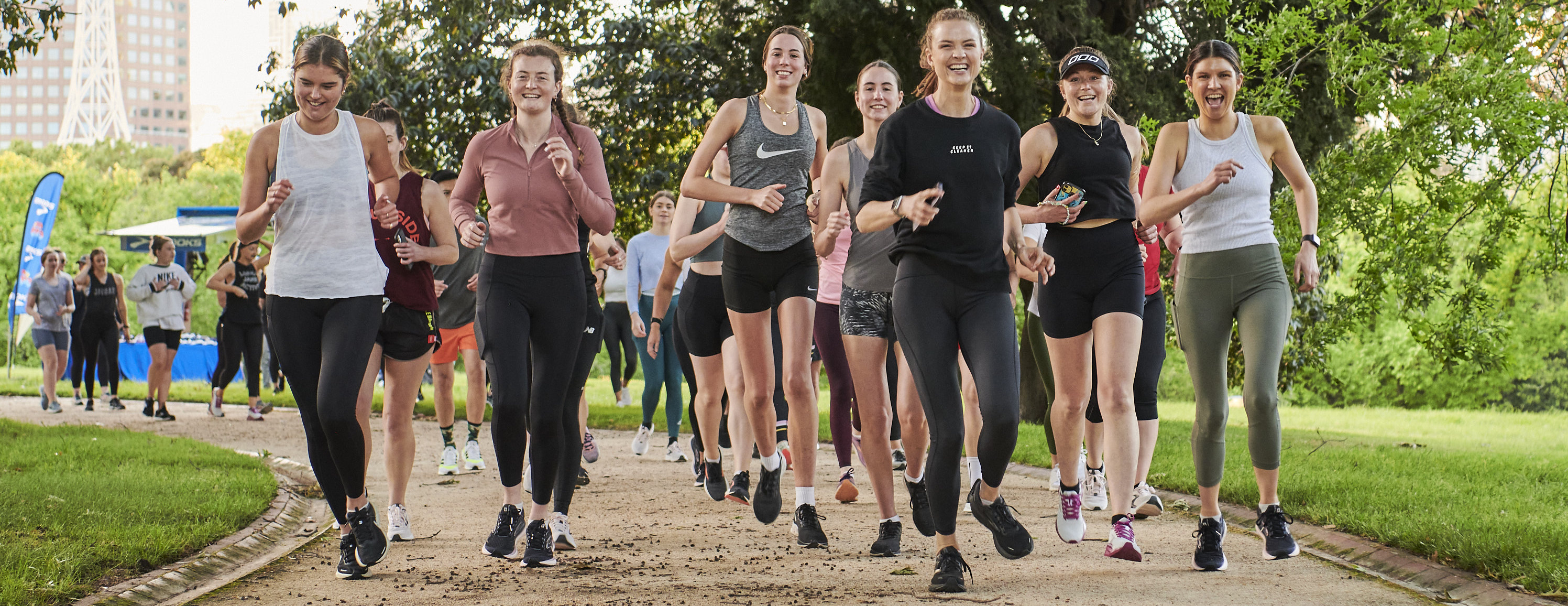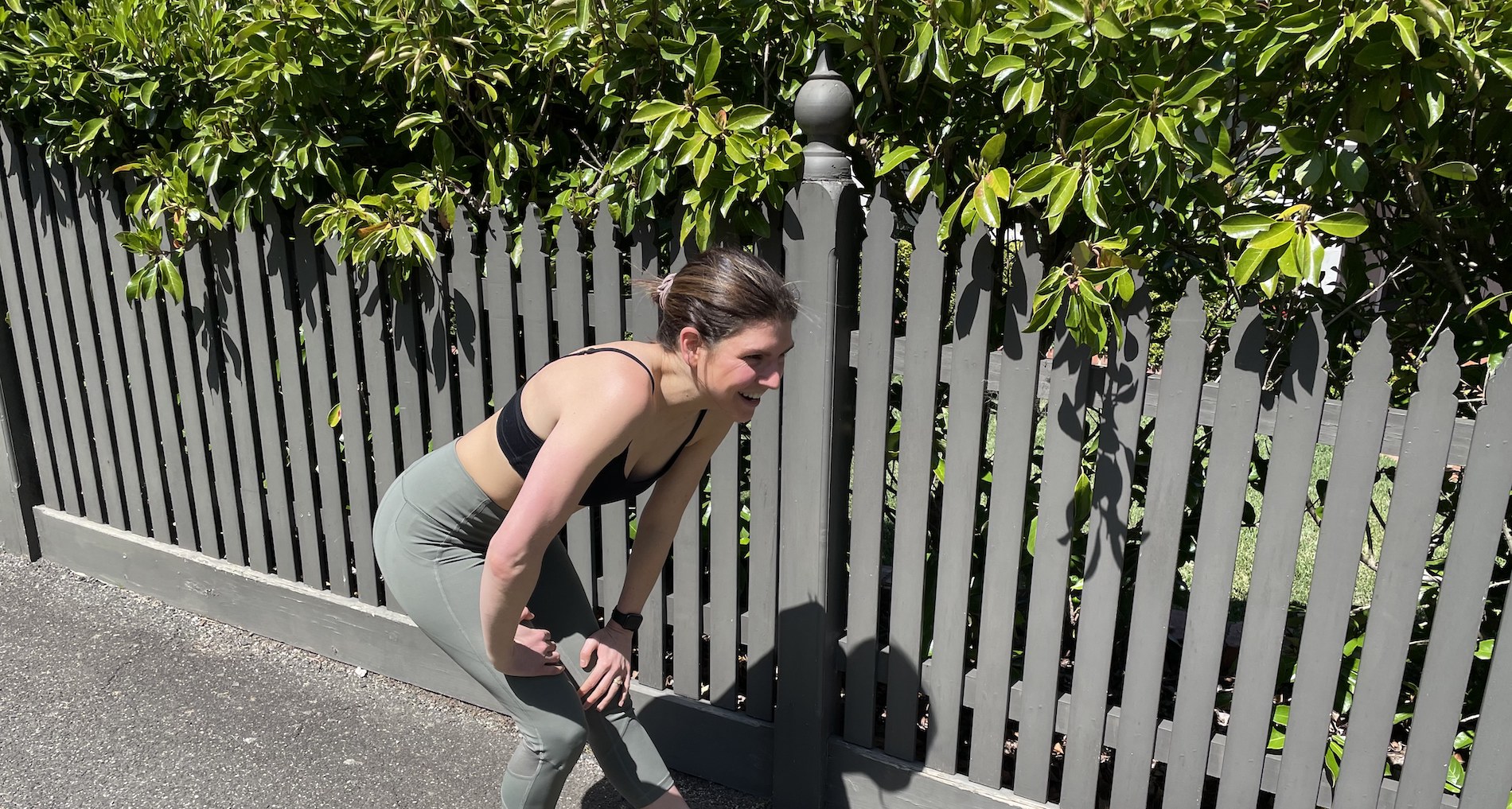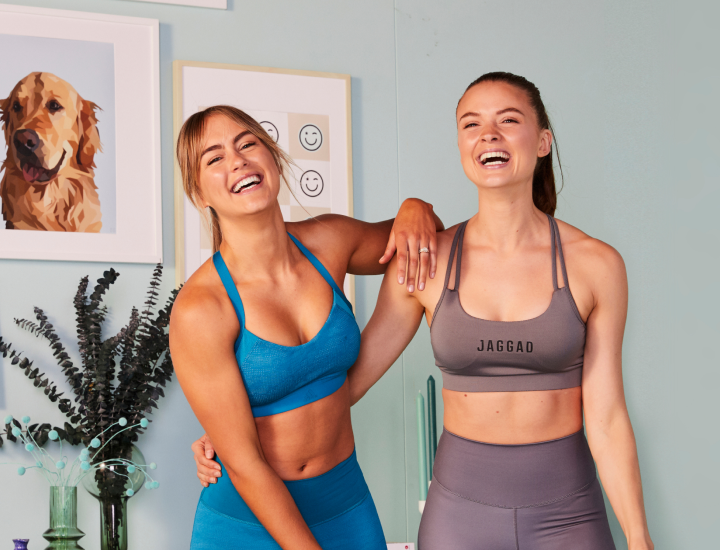Brooks is on mission to make each run better than your last.
Run happy, shop now!
No two runners run alike. Your preferences, natural stride, body type, skills, and experience are all unique to you — and while that’s awesome, it can also pose a challenge as you look for the right shoe.
First thing you need to consider is your unique foot shape!
The shape of your foot, and how it moves when you walk/run, will determine the shoe that will best suit you. Shoes are designed on different shapes to suit different arch heights and are available in a range of widths to accommodate narrow feet all the way through to extra wide feet.
The second thing you need to consider is where do you prefer to run?
Whether you’re hitting the road or tackling the trail, you need a shoe that’s built for the specific challenges of your environment.
Next up, how do you want your shoes to feel?
“Comfort” means something different to everyone. We want to match you with a shoe that feels good to you. So, consider which of these categories aligns with your goals and running style: cushion – soft and plush, energize – bouncy and springy, or speed – go fast.
Finally, what are your support needs?
Your body has a preferred motion path — the way your joints and muscles naturally want to move with every step you take. To maximize comfort, enhance efficiency and reduce the risk of injury, the right shoe will help your body maintain its natural motion. If you’re not sure whether you require neutral or support, it’s always a great idea to head to your local run shop for a professional fitting.
Are there different things to consider when I start to increase my distance?
Increasing distance, speed or intensity should be approached gradually. Sudden changes in training patterns are one of the biggest causes of injuries. Adequate recovery time should be factored in, and ensure your gear is up to standard.
How often do we need to replace our runners?
Look, we get it. Once you find ‘The One’ and break in your go-to shoe, breaking up is the last thing on your mind. But trust us, it’s for the best. Even when running shoes don’t seem to be in bad shape, with a lot of wear, they simply can’t perform the way they used to.
With time, the outsole weakens and the cushion gets compressed. Whether or not you notice discomfort, worn-down shoes can’t protect your joints from impact. Which means an increased risk of injury. Which means um, no thanks.
As a general rule, replace your running shoes after 600 to 800 kms (three to six months, depending on how much you run). But what if you’ve lost track — or you want to be extra cautious about overuse? There are some external signs to look for: the bottom or sides are visibly beaten up, the treads are worn out, or the midsole is wrinkling. These are indications it’s time to give your shoes the boot, but don’t rely solely on what you can see.
If your shoes start to fit differently than they did out of the box, that’s also a sign they’re ready for retirement. The materials have likely stretched or worn down. And don’t discount a vague sense that the ride feels different. That’s grounds for replacement, too.
I have quite a flat foot, do I need arch support?
When looking for the right shoe for your runs you will want to pay attention to the arch of your feet; this will ensure you the shoes fit correctly and support your feet. The arch of your foot is the curved portion along the inside edge of your feet. Check the products arch types that the shoe is designed to compliment. If you have a low/flat arch then you would want a shoe listed with a low/flat arch. If you have a high arch or high instep then you would want to lean towards a model listed with a med/high arch.
What do I need to consider if I've had a knee/lower leg injury recently?
If you have experienced any injuries/discomfort, it is best to consult a sports medicine professional, for an accurate assessment and advice. New shoes will often help alleviate discomfort, but sometimes injuries require more specialised treatment. Following an injury, ease back into running gradually, and listen to your body.
How do I find a shoe with the best fit if I'm unable to head in-store?
Looking for a more personalised recommendation but can’t head in-store? Check out Brooks Shoe Finder! It’s a great interactive tool that can give you even more detailed results. And it only takes five minutes. Find your sole mate now. Or contact the Brooks team for personalised advice.
Do I need different runners for treadmill / street / trail?
It’s important to ensure you’re wearing the correct shoe that’s built for the specific challenges of your environment. Road shoes are lighter weight, with responsive cushion to soften your landing on hard asphalt or cement. By contrast, trail shoes tend to be more heavy-duty, with built-in protection from rocks and debris, greater traction and more stability to counter uneven terrain.
How do I measure my actual foot size?
Because the foot is three-dimensional, any two-dimensional measuring tool, such as a ruler or Brannock device® can only approximate your true shoe size. Please also keep in mind that manufacturers use different lasts to construct their shoes, and sizing may vary accordingly. Some other brands also run a little small, so it can be best to be fitted when trying out new models or versions to make sure they will work well for you.
Should I use different runners for my running and Strength / HIIT classes?
Running shoes are built to promote the forward motion of running, so they shouldn’t be used for activities that involve side-to-side movements. Running shoes don’t provide the lateral support feet need when doing court sports.
Tips for finding the right shoes for wide / thin feet?
Running shoes come in a variety of widths in order to ensure you get the best possible fit for your foot and your run. The most typical width is Medium/Normal. If you’ve always worn shoes without a thought about their width, this is more than likely the size you should be in. If you’ve experienced squeezing at the sides of your feet, earlier wear at the sides of shoes than you’d expected, or other signs that your feet may not be a typical width, we highly recommend visiting a local run shop for a professional fitting.
How much should we spend on new runners?
Treat your feet with the same care you would to the rest of your body. The most important factor is that you’ve selected the best fit for your feet. Make sure to get a personalised fit whether in-store or online, to ensure your feet (and legs) is well taken care of on your run. Nothing is worse than getting an injury from a shoe that is not made for your unique foot type.


Our hearts are full and cheeks are sore from smiling so much at last night’s KICRUN Melbourne Meet Up! It was incredible to get back together with our KIC community after so long apart.

In this episode Steph and Laura chat with Hannah Drysdale who has helped create our brand new KICRUN program. Tune in to hear all of Hannah’s running tips and tricks.

KICRUN’s expert physio, Hannah Drysdale shares all the details about the KICRUN program and her tips on how to prevent injury!
